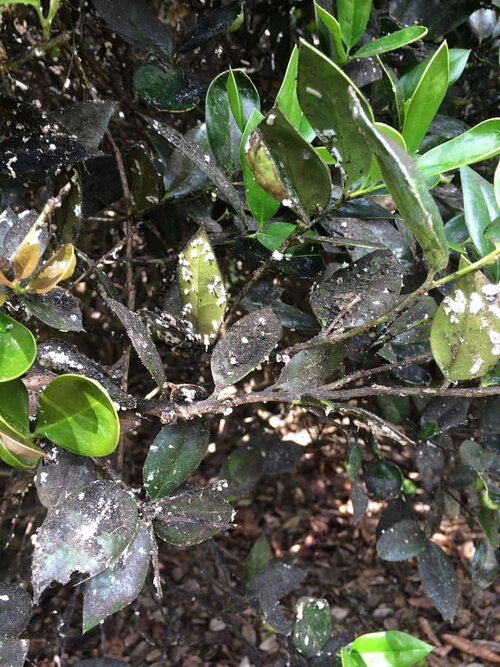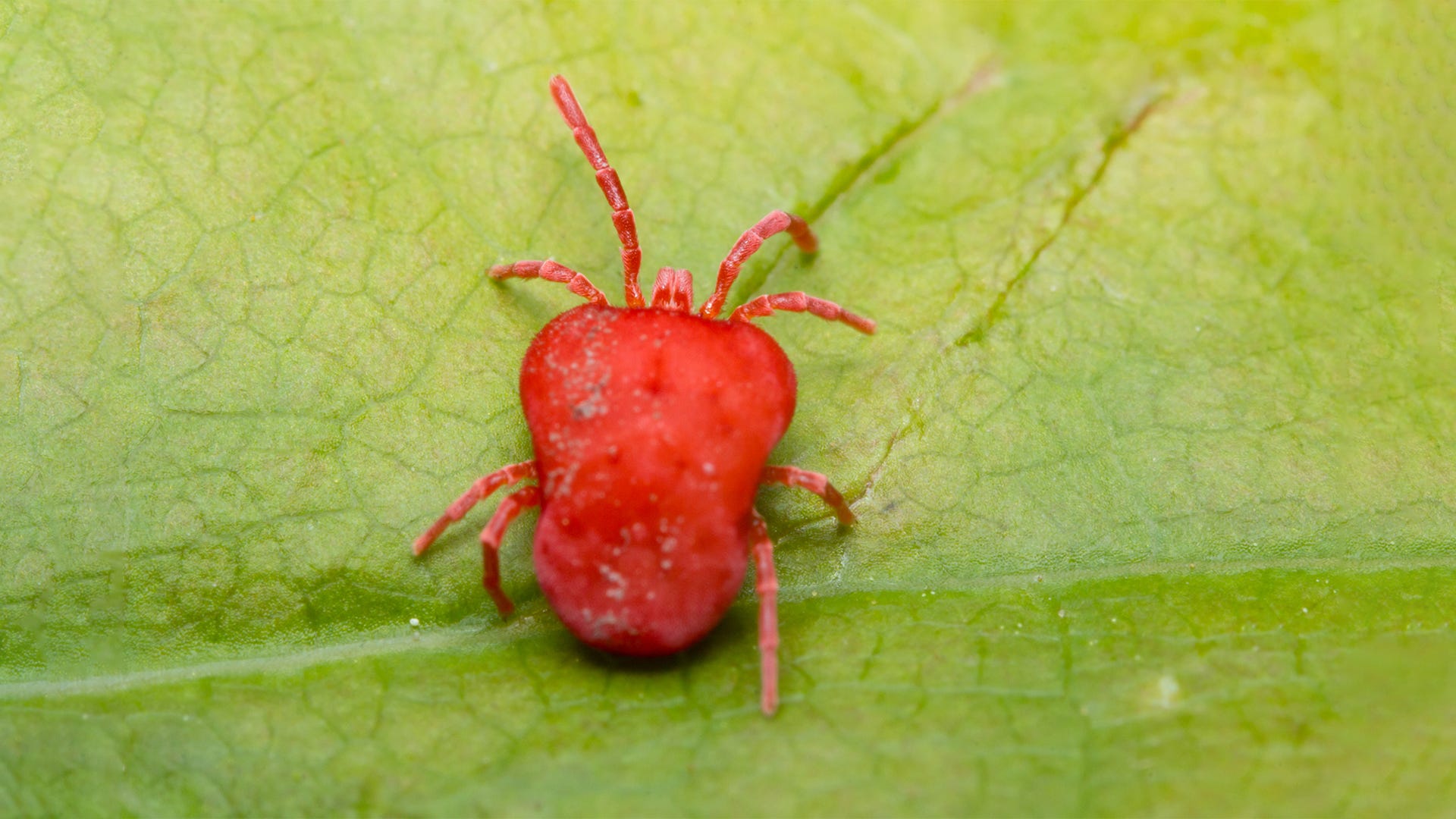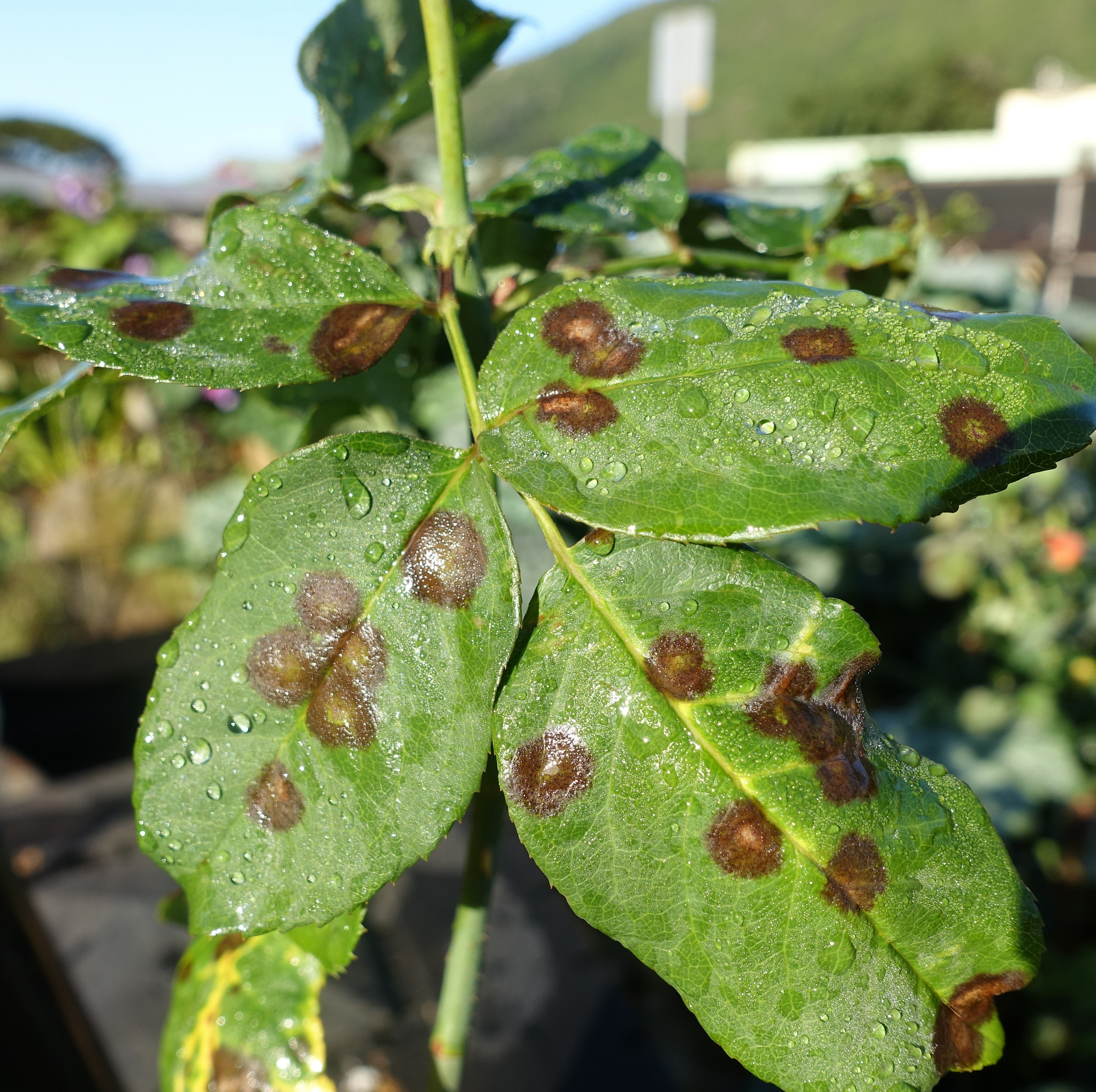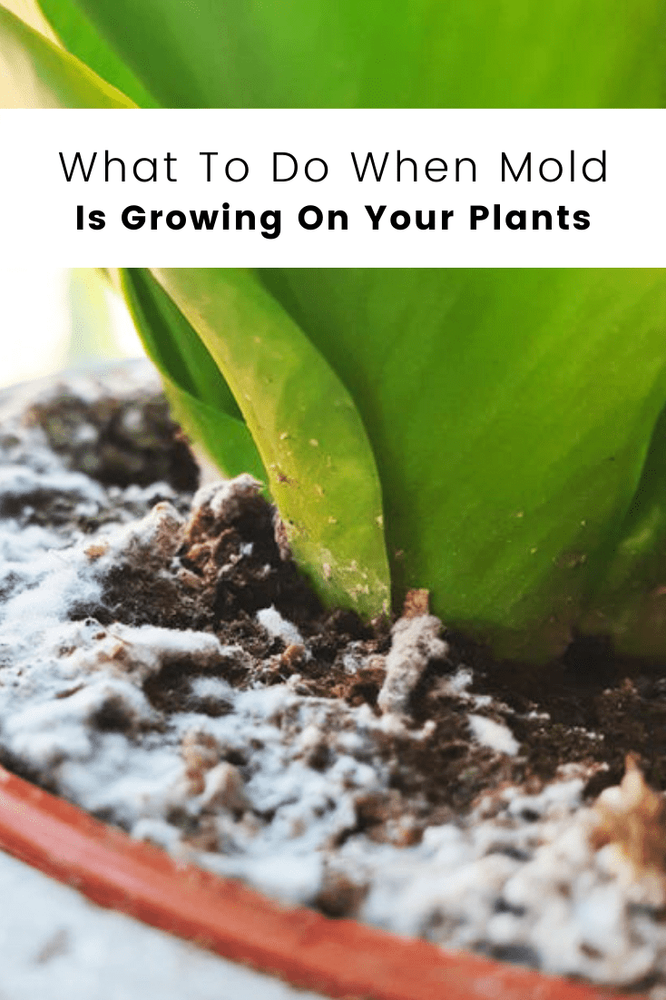How to Remove Black Soot from Plant Leaves
If you’ve noticed black soot on your plant’s leaves, don’t panic! While unsightly, this common issue can be easily remedied with a few simple steps. Black soot is typically caused by a fungal infection known as sooty mold, which thrives on the honeydew left behind by pests like aphids, scale insects, or whiteflies. Luckily, there are several ways to effectively remove black soot from your plant’s leaves and prevent it from coming back.
1. Identify the Source
Before attempting to remove the black soot, it’s important to identify and address the source of the issue. Check your plant for any signs of pests, such as tiny insects or sticky honeydew residue. If you spot any pests, take steps to eliminate them to prevent the sooty mold from returning.
2. Wash the Leaves
One of the most effective ways to remove black soot from plant leaves is to gently wash them with a mixture of mild soap and water. Fill a spray bottle with a few drops of dish soap and warm water, then spray the solution onto the affected leaves. Use a soft cloth to gently wipe away the black soot, being careful not to damage the leaves in the process.
3. Prune Infected Leaves
If the black soot is limited to just a few leaves, you may consider pruning them to prevent the fungal infection from spreading further. Use sharp, clean scissors to carefully trim away the infected leaves, making sure to disinfect your tools between cuts to avoid spreading the disease.
4. Apply Neem Oil
Neem oil is a natural and effective remedy for treating black soot on plant leaves. Mix a small amount of neem oil with water, following the instructions on the packaging, and spray it onto the affected leaves. Neem oil works by suffocating the pests that produce the honeydew, thus preventing the growth of sooty mold.
5. Improve Air Circulation
Proper air circulation is essential for preventing the growth of sooty mold on plant leaves. Trim any overcrowded branches or foliage that may be blocking airflow, and consider relocating your plant to a spot with better ventilation. This will help to reduce humidity levels and create an environment less conducive to fungal growth.
6. Monitor and Prevent
After successfully removing the black soot from your plant’s leaves, it’s important to monitor the plant regularly for any signs of a recurring infestation. Take preventive measures, such as regularly inspecting your plants for pests and practicing good plant hygiene, to keep your plants healthy and free from sooty mold.
Conclusion
Removing black soot from plant leaves may seem like a daunting task, but with the right approach, it can be easily managed. By identifying and addressing the source of the issue, washing the leaves, pruning infected areas, applying neem oil, improving air circulation, and taking preventive measures, you can effectively remove black soot from your plants and prevent it from returning. Remember to take care of your plants regularly to keep them healthy and thriving.



